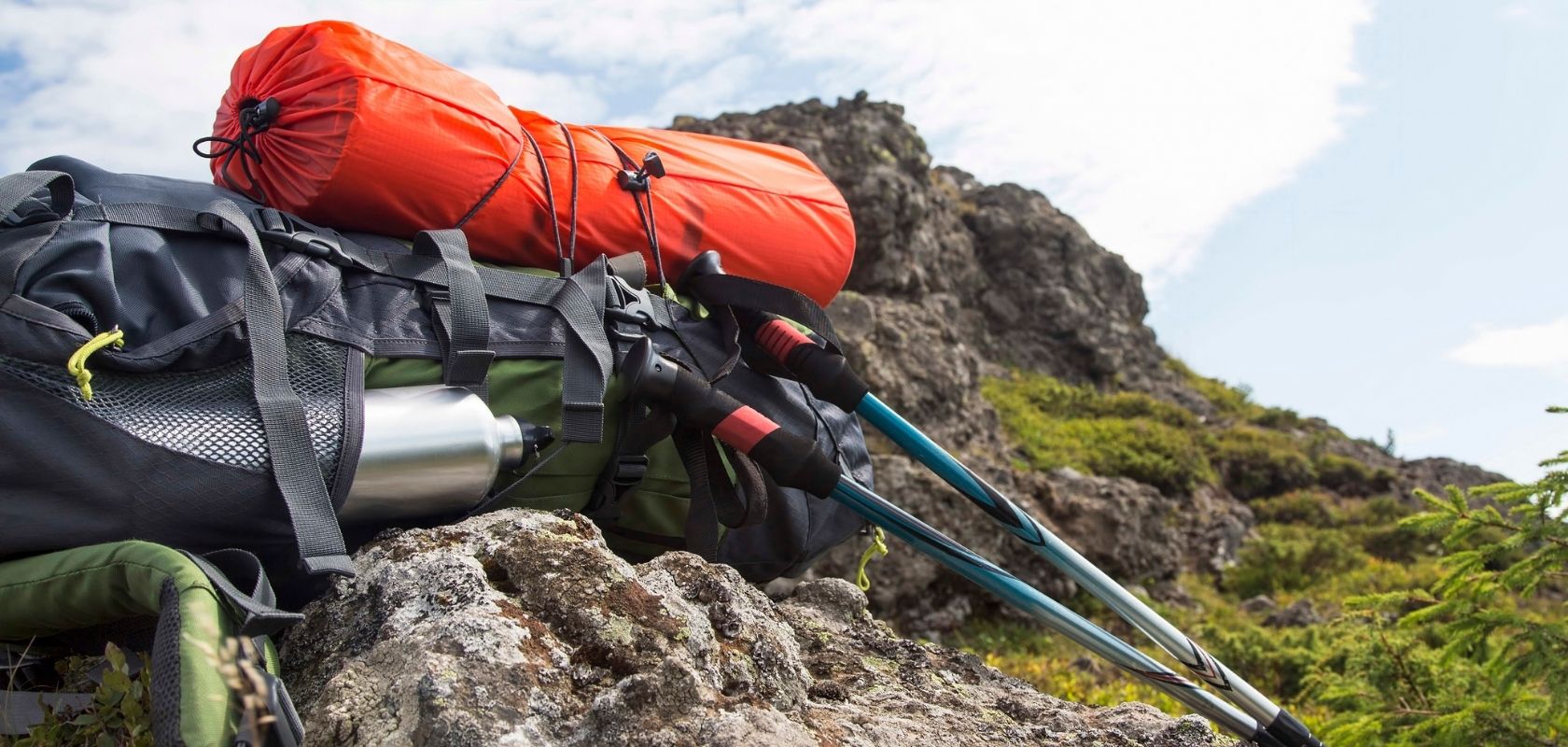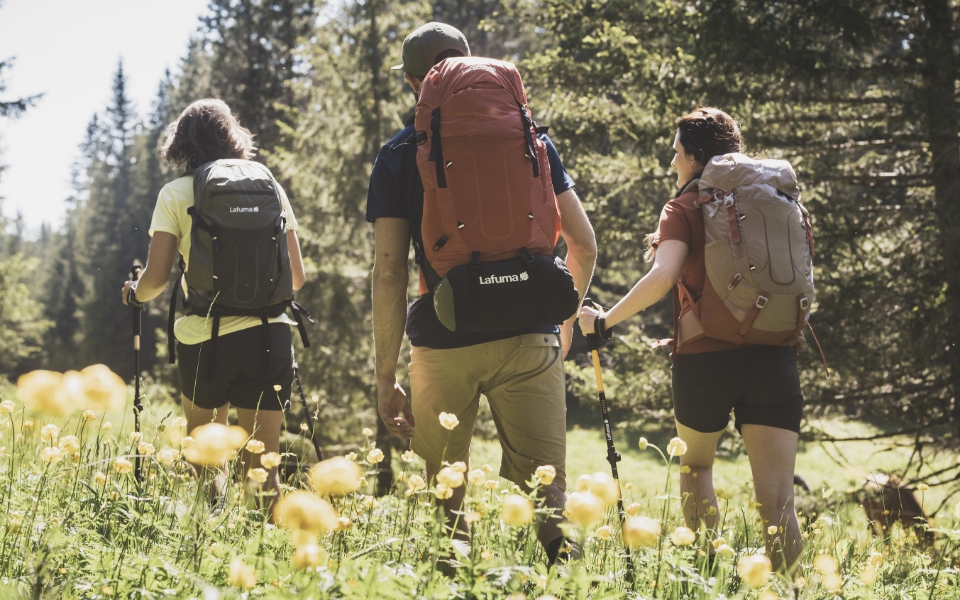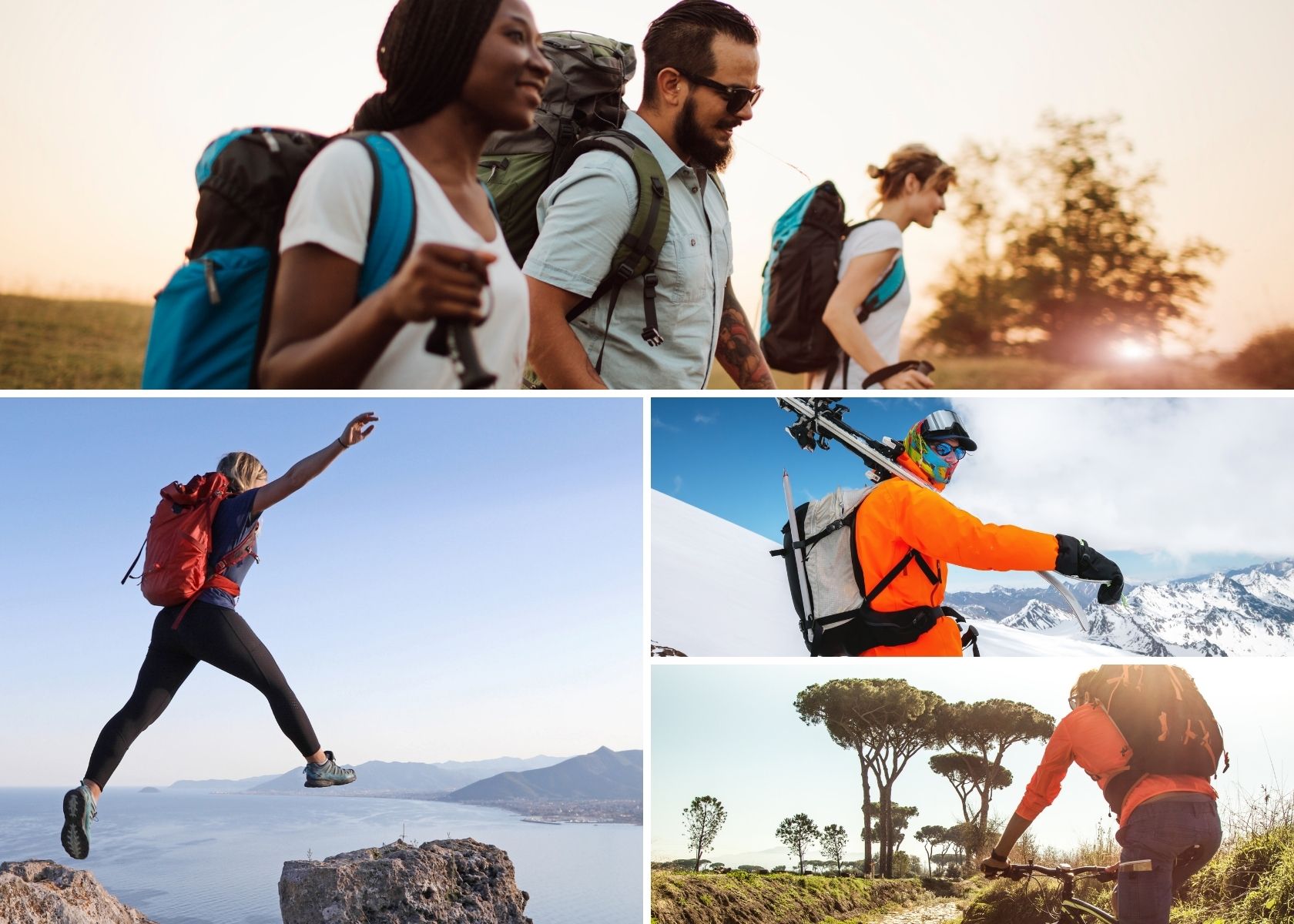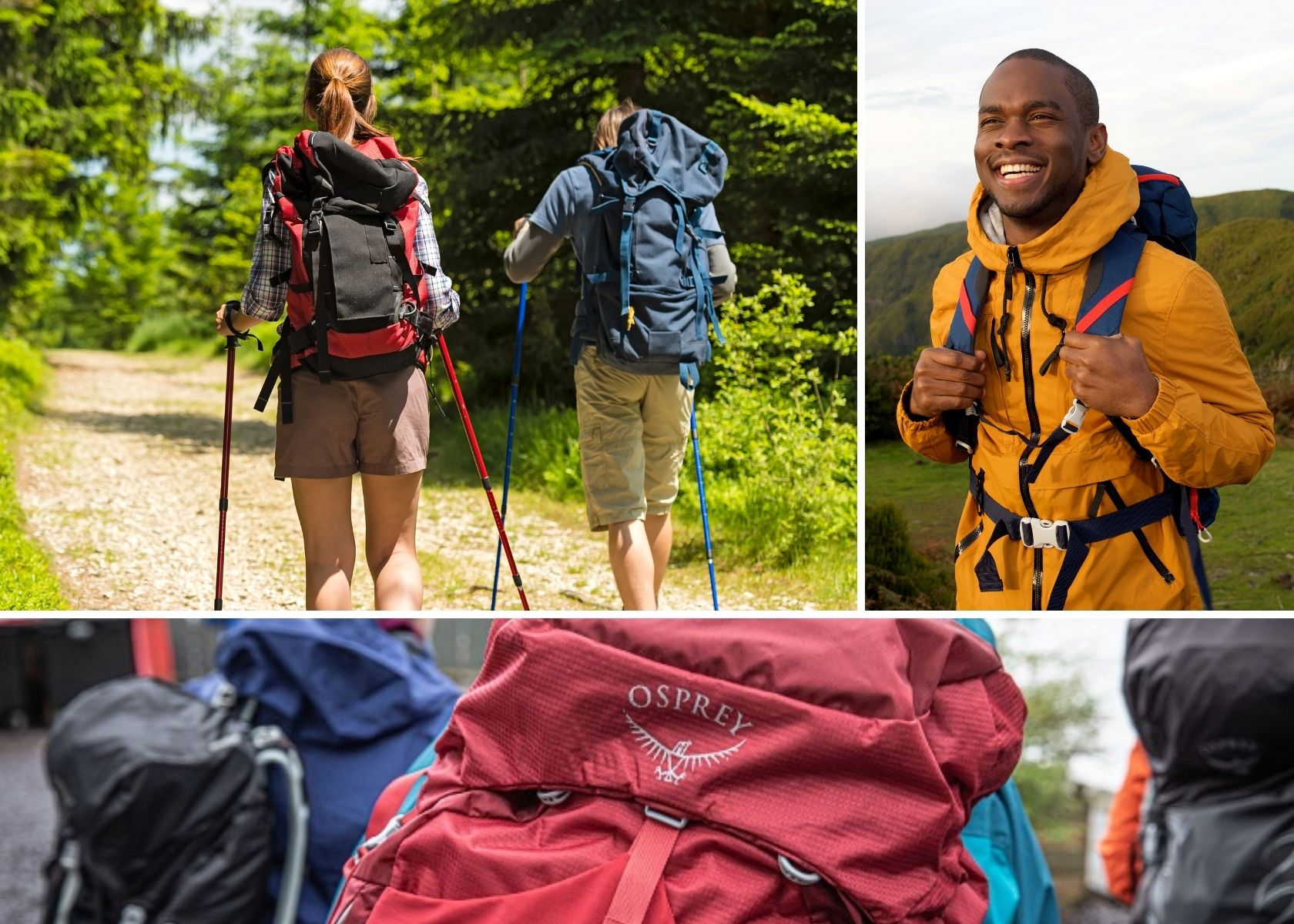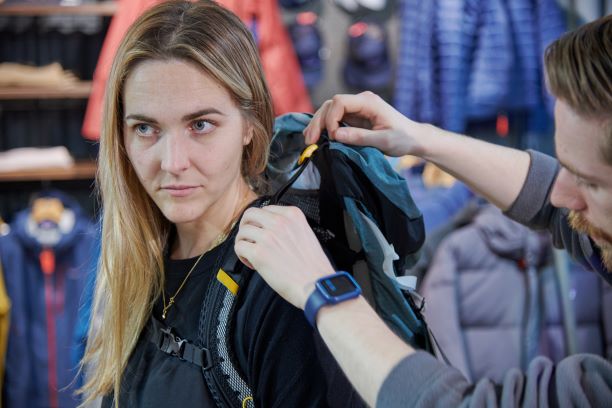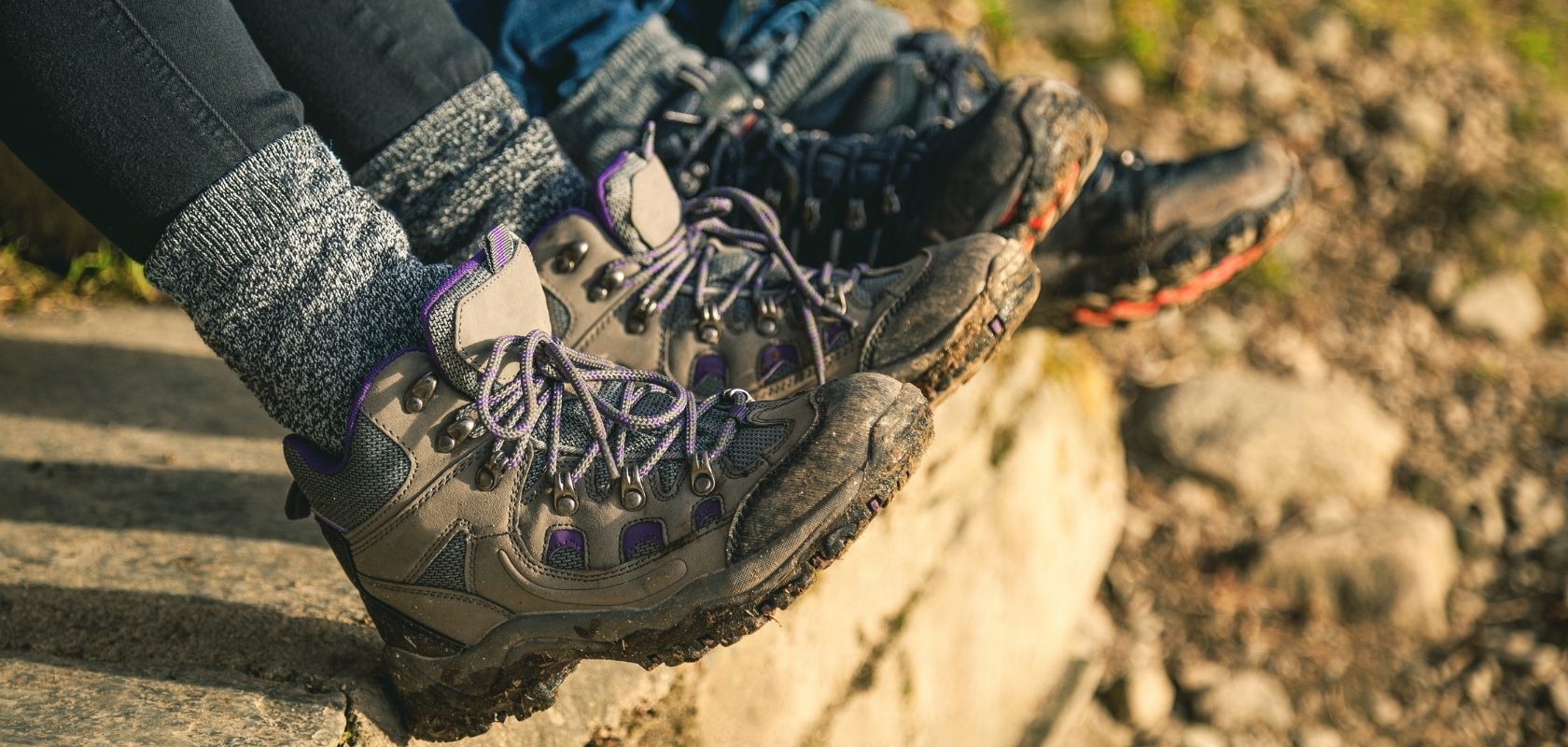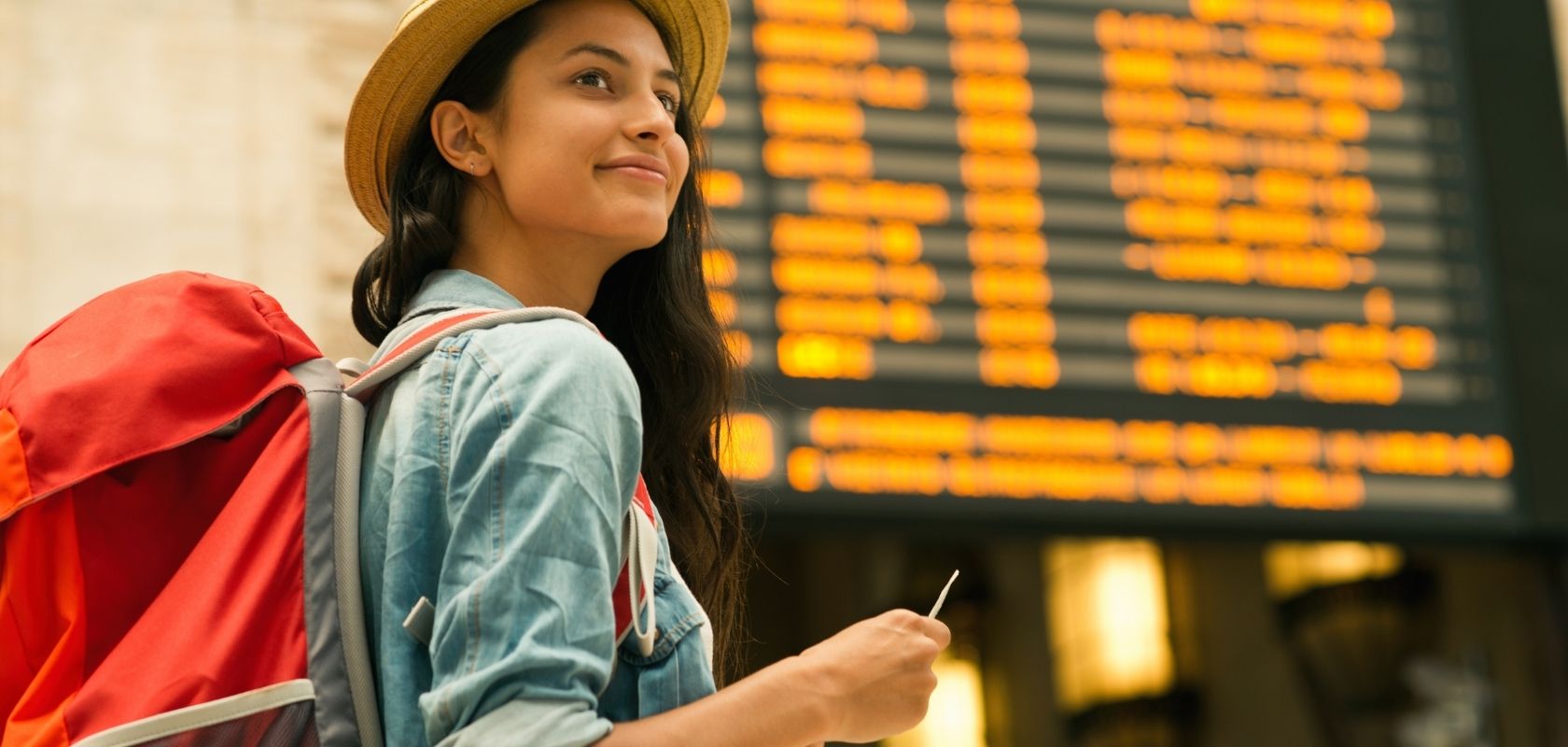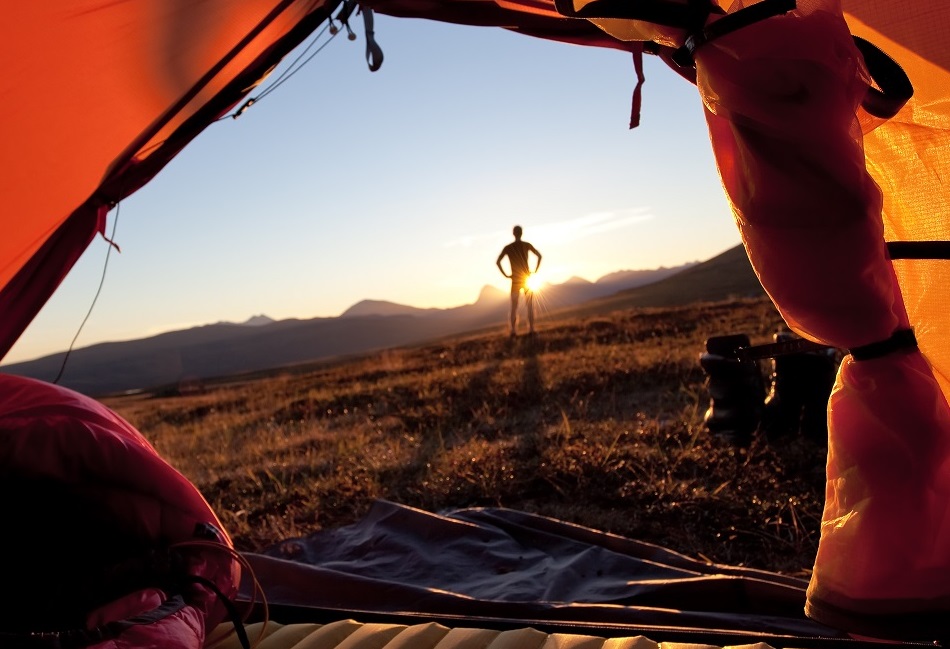PACKS BUYING GUIDE: WHICH PACK FOR WHICH ADVENTURE?
It's no exaggeration to say that any adventure is nothing without the right pack. It needs to be well-fitting, packed with all the features your adventure calls for and big enough to carry everything you need, including your emergency kit. We've got a huge selection of packs from the best brands on the planet, just waiting to get out there with you - here's everything you need to know to choose yours, and some of our favourites to help you pick one.
Pack Size Guide
We probably don't need to tell you that the size of pack you'll need, is dictated by what you'll be carrying. If it's just a bottle of water and some energy bars for a day hike, your pack will be a lot smaller than the one you'd use to go backpacking for a week. Here's a rough guide:
Activity Type
Running / Cycling
Hiking
Backpacking
Extended Backpacking / Travel
Duration
< 1 Day
1 Day
2-3 Days
5+ Days
Rucksack Capacity
10-25L
20-40L
50-60L
60+ L
Pack Types
Fast-Paced Activity Packs
Packs for activities like running or cycling are often within the region of 10-25 litres. This type of rucksack is designed to be small, light and as closely-fitting as possible. They are often only big enough for a few items, ie. food and water, an emergency layer and a map or GPS. You should therefore only take one of these packs if you are confident in your route, your ability and the weather conditions.
Some of these smaller packs are designed to carry a hydration bladder - a soft rubber pouch that’s used for storing water and a long tube for drinking on the go. This is a great feature to look out for if you'll regularly be doing fast-paced activities like running or cycling.
Pros
- Lightweight and Compact: Designed to be small and closely-fitting, making them ideal for running or cycling without causing bulk or discomfort.
- Streamlined for Essentials: Just enough space for key items like food, water, an emergency layer, and navigation tools, helping you stay focused and efficient.
- Hydration Bladder Compatibility: Many packs can carry a hydration bladder, allowing for convenient, hands-free drinking while on the move.
- Enhanced Mobility: Minimalist design reduces weight and shifting, supporting fast-paced movement and agility.
Cons
- Limited Capacity: Only suitable for carrying a few essentials; not ideal if you need to pack extra gear or clothing.
- Requires Confidence: Best used if you are certain about your route, abilities, and the weather, since there’s little room for contingency items.
- Less Versatile: Not suitable for longer trips or situations where you might need to carry more equipment or supplies.
- Potential for Overpacking: Small size may tempt users to overstuff, which can affect comfort and pack performance.
Day Packs
Day packs are, you guessed it, designed for one-day adventures. Usually at around 20-40 litres, daysacks are perfect for one-day hikes, city breaks or days spent climbing where you may need to carry additional equipment.
Day packs are often neat and simple in design, with a single internal cavity and a few small pockets for a phone or a water bottle. Many will have a hip belt and shoulder straps, as these help you securely carry what can still be a heavy load, although the straps are not as bulky as on the larger multi-day packs.
The size of your day pack depends on what sort of activity you need it for. Summer hikes and short excursions only require a 20-to 30-litre pack, whereas a trip onto the hills and mountains in winter may require something closer to a 40-litre pack as you'll need more gear.
Pros
- Versatile Size Range: Suitable for a variety of one-day activities, including hikes, city trips, and climbing, thanks to the 20–40 litre capacity.
- Simple, Functional Design: Typically feature a single internal compartment and a few small pockets, making organisation straightforward and access easy.
- Comfort Features: Most include hip belts and shoulder straps to help distribute weight, making it easier to carry heavier loads without discomfort.
- Adaptable for Seasons: Smaller sizes work well for summer outings, while larger daypacks (up to 40L) can accommodate extra gear for winter or more demanding adventures.
- Lightweight and Manageable: Less bulky than multi-day packs, making them easier to handle and more comfortable for short trips.
Cons
- Limited for Multi-Day Use: Not designed for overnight or extended trips, as capacity may be insufficient for extra clothing, food, or camping gear.
- Fewer Organisation Options: Simple designs may lack specialised compartments, which can make organising gear more challenging.
- Basic Support Structure: Hip belts and straps are less padded and supportive compared to larger packs, which may affect comfort if carrying heavier loads.
- Potential Overpacking: The temptation to fill available space can lead to carrying more than necessary, resulting in unnecessary weight.
Multi-Day + Backpacking Packs
At around 60+ litres, these packs are amongst the largest available and are perfect for heading into the wilderness for a few nights on a self-supported trip.
Main features include a large padded hip belt and chunky shoulder straps, which help to support and efficiently distribute the heavy load. They will have a large internal section for the majority of your items, as well as internal and external pockets for storing gear that you may want to access more easily.
Multi-day packs often have a variety of external straps and buckles. Some of these allow items like a tent or a roll mat to be strapped to the outside, whereas others are to compress and stabilise the load. Take time to familiarise yourself with these straps as although they may look alike, they have very different functions - and you don't want to be caught out in the wild.
With a large, heavy rucksacks it is very important that it fits you correctly to avoid getting injured.
Pros
- High Capacity: Ideal for multi-day, self-supported trips, allowing you to carry all necessary gear, food, and clothing.
- Supportive Design: Large padded hip belts and chunky shoulder straps efficiently distribute heavy loads, reducing strain and increasing comfort.
- Organisational Features: Spacious internal compartment and multiple pockets (internal and external) make it easier to organise and access gear.
- Versatile Straps and Buckles: External straps and buckles allow for carrying bulky items like tents or roll mats and help compress and stabilise the load.
- Adaptable for Wilderness: Designed to handle the demands of extended trips in remote areas, providing space for contingency and emergency items.
Cons
- Heavy and Bulky: Large size and high capacity can lead to a heavy pack, which may be challenging to carry, especially over long distances or rough terrain.
- Fit is Critical: Incorrect fit can lead to discomfort or injury; proper adjustment and sizing are essential.
- Complexity: Multiple straps and buckles can be confusing for beginners and require time to learn their functions.
- Less Suitable for Short Trips: Overkill for day hikes or short excursions, as the size and weight are unnecessary.
- Potential for Overpacking: The large capacity may encourage carrying more than needed, increasing overall weight and fatigue.
Duffels + Wheeled Luggage
Sometimes, a duffel bag or wheeled luggage will be a better choice than a pack. These bags range from 30 litres up to 120+ litres.
If you're travelling long distances on foot, over changeable and broken ground or will be staying in a range of accommodations, then a rucksack is definitely the best choice - think backpacking, bothying or solo camping.
However, if you're off on a more conventional holiday, ie. you're travelling to your destination by train or car, will spend the majority of your time in one location and will only be walking small distances, then a wheeled or duffel bag could be the one for you.
Pros
- Greater Capacity and Flexibility: Offer more space (30–120+ litres) and are easier to pack with bulky or irregularly shaped items.
- Easy Packing and Access: Wide openings make packing and accessing items straightforward.
- Versatile Carry Options: Many duffels have handles, shoulder straps, or wheels for different travel scenarios.
- Ideal for Stationary Trips: Better suited for conventional holidays where you travel by car or train and stay in one location.
- Fits Tight Spaces: Soft, pliable design fits in overhead bins and car boots more easily than rigid packs.
Cons
- Less Comfortable for Long Walks: Poor weight distribution and minimal ergonomic support make them uncomfortable for extended carrying.
- Limited Organisation: Fewer compartments can make it harder to keep items organised and quickly accessible.
- Awkward on Rough Terrain: Not suitable for walking long distances over uneven ground.
- Can Be Bulky When Full: Large duffels, especially when packed to capacity, can be unwieldy to move and store.
Women-Specific Packs
Some rucksacks are designed to be women's-specific. This is to do with the overall shape, size and intended position of the bag. Women’s rucksacks have more rounded ‘S’ shaped straps, whereas men’s are more parallel. The hip straps on a women’s pack also sit a little higher, taking into account body shape differences, and the backs on women’s packs are shorter.
However, you are not bound to one type of rucksack or another based on your gender. If a rucksack fits you, then it's the right one. It's not always as complex as it seems.
Pros
- Better Fit for Female Anatomy: Designed with a shorter back length, narrower shoulders, and S-shaped shoulder straps to better fit women’s torsos and chest shapes, improving comfort and reducing pressure points.
- Enhanced Comfort: Often include extra padding on the hip belt and sternum strap, with hip straps positioned higher to accommodate wider hips and a lower center of gravity.
- Improved Weight Distribution: Optimised to distribute load more effectively for women, reducing fatigue and risk of injury on longer treks.
- Ergonomic Features: Adjustable sternum straps and contoured shoulder straps help avoid discomfort, especially for women with larger chests.
- Lighter and More Manageable: Typically smaller in volume, making them lighter and easier to carry for those with smaller frames.
Cons
- Reduced Capacity: Slightly smaller volume compared to men’s or unisex packs, which may limit how much gear you can carry for longer trips.
- Not Always Necessary: Fit is personal—some women may find unisex or men’s packs more comfortable, depending on their body shape.
- Potentially Less Versatile: The anatomical adjustments may not suit all users, especially those with longer torsos or broader shoulders.
- Limited Selection: Fewer models and color options compared to unisex packs in some brands or stores.
The Right Fit
It's important that your pack fits you correctly to avoid injuring yourself and to maximise your comfort during your trip. Visit us in-store for a free rucksack fitting, and we'll be able to fit you for a new pack or adjust the one you have to fit you just right.
Packs Buying FAQs
Pack size depends on trip length and gear needs. For day hikes, 10–30 litres is ideal; weekend trips need 30–50 liters; multi-day adventures require 50–70 litres; and expeditions or winter trips call for 70 litres or more. Always consider your packing style and destination climate when selecting capacity.
A good fit means the pack sits close to your back with most weight on your hips, not shoulders. Adjust the torso length, hip belt, and shoulder straps for a snug, stable fit. Try packs on with weight and walk around to test comfort and stability.
Yes, packs are designed for specific uses: daypacks for short hikes, technical packs for climbing, travel packs with easy access, and large rucksacks for backpacking or expeditions. Choose a pack that matches your main activity for the best performance and comfort.
Choose durable, weather-resistant materials like ripstop nylon or polyester. Reinforced stitching, waterproof zippers, and integrated rain covers add longevity and protection. For harsh conditions or heavy loads, opt for packs with robust frames and abrasion-resistant fabrics.
Related Articles

Let us know you agree to cookies
We use marketing, analytical and functional cookies as well as similar technologies to give you the best experience. Third parties, including social media platforms, often place tracking cookies on our site to show you personalised adverts outside of our website.
We store your cookie preferences for two years and you can edit your preferences via ‘manage cookies’ or through the cookie policy at the bottom of every page. For more information, please see our cookie policy.

